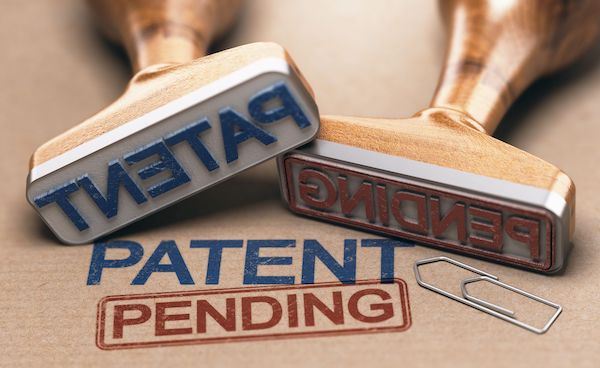What Is a Patent Office Action? How to Respond to One?

In this post, we’ll learn more about a patent Office action and the best trademark office action response.
Understanding Patent Office Action
Typically, it may take eighteen months after your filing date before your application gets examined by the USPTO. A patent examiner will then review your application and detail their findings in a written document called an Office action. An Office action will either validate your patent claims, raise issues or queries about the application, or reject a patent application.Some of the common reasons to receive an Office action include the following:
- There are technical errors or grammatical issues in your application.
- You provided unclear description or insufficient information.
- You presented incomplete or inadequate evidence.
- If the examiner considers that your claims feature many inventions in a single application, they may require you to choose a single category or restrict your patent application to a single embodiment.
- You submitted a non-patentable invention or subject matter.
- There’s already an existing patent for your invention.
Essentially, since the patent examiner issued a written correspondence, they’ll also require you to submit a written response for the prosecution process to continue.
How To Respond To An Office Action
There are many ways to submit your written response to an Office action. If you’re registered in the USPTO's Electronic Filing System-Web (EFS-Web) system, you can submit it through their website. A timestamp will be added to your submission once their server receives it to account for the timeliness of the document. On the other hand, responses can also be hand carried or mailed to the USPTO’s customer service window located in Alexandra, Virginia.While you can opt to handle the process yourself, seeking legal representation may be ideal in this case. With the skills and experience of a patent attorney, they can be in a better position to help you respond to an Office action. However, if you appoint a patent attorney or agent, the USPTO will conduct all correspondence through them. It means that they'll only communicate with your patent attorney.
Furthermore, below are a few tips and strategies you can keep in mind when responding to an Office action:
1. Know the Due Date for Response
Determining the due date for your response will enable you to respond to the Office action in time and avoid the denial of your application and losing your potential patent rights. Generally, you're required to submit your response within six months from the mail date, which you can find on the first page, on the upper quadrant of the document. However, in some cases, a patent examiner may shorten this period, requiring an applicant to respond within one to three months from the date you get the Office action.There are no governmental fees if you're able to submit your response within the shortened statutory period. On the other hand, if you respond after the allotted period, you'll have to pay an extension fee, depending on the number of months that transpired after the shortened statutory period.
2. Consult Your Patent Examiner
While it's imperative that you meet the due date indicated by your patent examiner, one of the mistakes you can make is to rush the process and submit your response too quickly. And in some cases, due to the time constraint, you may fail to allot sufficient time to draft a thorough response or conduct research. Generally, this can hurt your application and the chances of gaining patent rights.That said, one of the ways you can prepare a better response is to consult and seek guidance from your patent examiner. Considering they'll be reviewing your response, getting their input and recommendations can help your case. You can contact the examiner to ask for their availability and schedule an interview with them. You can opt for an in-person meeting or interview them using the telephone.
This approach aims to clarify any queries and objections indicated in your Office action. Scheduling an interview session can also help you understand the examiner's findings based on their interpretation of terms and phrases in your application. The interview also gives you an opportunity to clarify and highlight some misunderstandings. You can prepare an agenda or a list of questions beforehand for a more efficient discussion.
In addition, it's advisable to prepare a draft of your response and email or fax it to them, making it your talking point during the meeting. This way, your examiner can give you feedback before you formally submit your response.
3. File For An Appeal
If your claim undergoes rejection twice, as an applicant, you have the right to file for an appeal. An appeal allows you to take matters of your patent examiner to USPTO Patent Trial and Appeal Board judges for a secondary review. This approach is usually necessary if you and the patent examiner can't come to an agreement and have varying opinions. However, pursuing this action may incur significant expenses compared to filing a continuation application.When filing an appeal, you must prepare your brief and present the disagreement between you and the patent examiner. Alternatively, the patent examiner will also present a brief in response to your appeal.
Wrapping It Up
The patent and trademark application process and responding to an Office action can be tedious and overwhelming, especially without proper guidance on how to proceed. That said, for a more favorable outcome, it'd be best to be represented by a patent attorney. Furthermore, this article has outlined some insights to help you get started with the process and understand what an Office action is and how to respond to one.Do You Need An Attorney?
If so, post a short summary of your legal needs to our site and let attorneys submit applications to fulfill those needs. No time wasted, no hassle, no confusion, no cost.

